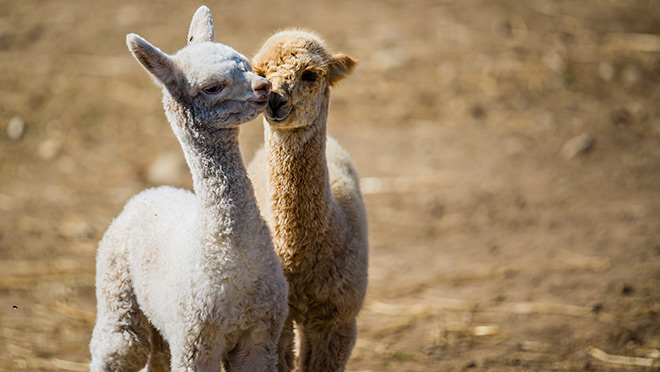Harness sweater power, indoors and out

Sweaters are key to home energy savings and winter comfort
Try this experiment, especially if you're working from home or spending a bunch of time watching TV or playing a video game: Set your thermostat a couple degrees below what you usually set it, then layer up, perhaps with an undershirt, a long-sleeved shirt, and most importantly, with a sweater or hoodie on top.
And while you're at it, put on thick socks or slippers.
Are you comfortable? If you're too warm, peel off a layer. If you're feeling chilly, increase the temperature by one degree.
Chances are that if there are others in your home, their sweet spot for comfort will be different than yours. Just resist the temptation to get into a "thermostat war", where everyone tweaks the thermostat to suit their preferences rather than being smart about what they're wearing.
Did you know that for every degree above 20°C (68°F) your heating costs could rise about 5%? So if you find a way to lower your thermostat an average of two degrees over the course of each winter day, you could save 10%.
As a guideline, BC Hydro suggests setting your thermostat at...
- 16°C overnight or when you're away from home
- 18°C when you're in the kitchen, doing housework or doing you're daily three sets of pushups
- 21°C when you're sedentary, such as working on the laptop or watching TV.
Why are we talking about sweaters and hoodies? Team Power Smart members can log in to their Member Toolbox this month to enter to win one of five $100 The Bay gift cards. If you're not a member, you can join today.
Why wool is warmer, and why one wool is not like the other
It works in the wild as an insulator for animals in very cold climates, and it works for you. Wool provides the warmth that synthetics and cotton don't, and it's also (generally) the more sustainable choice.
Wool wins out over cotton because its fibres trap air to create an insulating layer that still works, even when wet. Wet cotton clothing is a nightmare, as any newbie outdoor adventurer – such as the kid who wears jeans to their first ski lesson – can attest to.
But you should know your wools before forking out the big bucks for what can be an expensive item. Wool can come from sheep, goats or other animals including alpacas. Merino wool comes from sheep and is generally the most affordable, while cashmere – from the under hairs of the cashmere goat – can be up to eight times warmer than merino, is soft to the touch and, for the most part, is really pricey. Beware of budget–priced cashmere, which can stretch and pill easily.
If you're allergic to wool, you may want to check out alpaca wool. It's the choice of "itchers" everywhere. Alpaca is warmer than cashmere, but does come at a higher price point. There are Canadian producers such as Ontario's Chetwyn Farms, which produces a luxurious County Crew-Neck that will set you back $350.
If sustainability matters to you, choose your wool wisely
A few years ago, a New Zealand company Sheep Inc. made headlines by creating wool sweaters and hoodies that carry a net zero carbon footprint. All made possible by their painstaking attention to everything from the soil their sheep graze on, to manufacturing, to the way products are shipped.
Meanwhile, there's an online debate over just how ethical cashmere sweaters are, as the likes of PETA claim that growing demand for cashmere leads to cruel treatment of goats in Mongolia and China. Do the research and decide for yourself if cashmere is an ethical choice.
Here in B.C., Victoria's Ecologyst sells manufactured-in-Canada products made from ZQ-certified merino, which it says are from farmers who meet strict sustainable farming practices around social responsibility, animal welfare, and traceability. Others using ZQ-certified wool include Smartwool, and labels such as Eileen Fisher have switched the source of their wool in a nod to greater responsibility.
Maintain your sweaters by washing them carefully, and rarely
We tend to wash our clothes too often, and that not only takes its toll on our electricity bills, but also damages our favourite items over the long term. And in the case of sweaters – and wool sweaters in particular – there are even more reasons to rarely wash them.
Most wool sweaters contain lanolin, which is anti-microbial and a reason you rarely need to wash them. Give them time to air out between the times you wear them, and when you feel they need to be washed, resist the temptation to get them dry-cleaned, as the solvents used can damage your sweater over time.
Because alpaca wool doesn't contain lanolin, it's not naturally hypoallergenic. It's recommended to hand wash alpaca sweaters with a small amount of mild detergent (such as baby shampoo) in a tub of cold water.
Related: